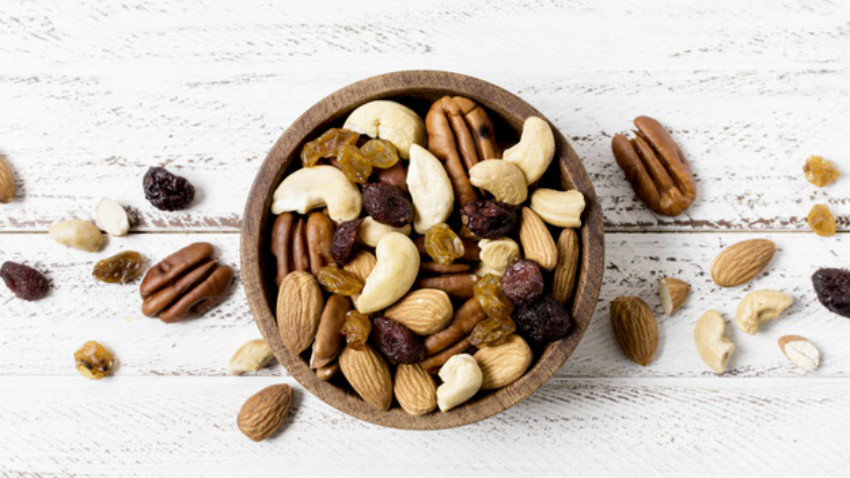Cheese is the fastest-growing dairy product.
According to Euromonitor1, the overall size of China's cheese market has grown from 480 million yuan in 2006 to 8.84 billion yuan in 2020, with a compound annual growth rate of 21.5%. The growth potential of cheese is significant compared to other dairy segments. In 2020, the year-on-year growth rate of retail sales of UHT milk, fresh milk (pasteurized milk), yogurt, butter, and cheese was -3%, 5%, 3%, 4%, and 23%, respectively. Despite the negative impact of COVID-19, the cheese industry maintained a robust growth trend.
Propping up the strong growth momentum is the ever-mounting cheese consumption. China's per capita consumption of cheese rose from less than 0.1 kg in 2017 to 0.23 kg in 2020.2
Cheese imports also increase substantially. China's share of global cheese imports rose from 1% in 2008 to 8% in 2019. China imported 114,900 tons of cheese in 2019, up 6% year on year; 129,300 tons in 2020, up 12.5% year on year. By May 2021, the import volume of cheese was 82,700 tons, up 66.4% year on year.2
Although cheese consumption is rising, it is still far behind that of developed countries. Cheese accounts for 40% of dairy consumption in western countries, compared with the global average of 20%. While in China, cheese consumption accounts for less than 2%. China’s cheese consumption market has enormous potential demands to be unlocked.
The children's cheese market is a highlight.
The sharp increase in cheese imports in the first half of 2021 was, to a great extent, due to the explosive growth of the children's cheese sector. According to Kantar, children's cheese has accounted for 55% of the cheese market.3 In 2021, children's cheese market size would reach more than 10 billion yuan and even double in the future.2
In the children's cheese market, there have emerged many fancy cheese products that meet parents' expectations for health and have excellent taste for children. Among them, cheese stick is the signature product, with a market size of more than 8 billion yuan.3
Many enterprises have targeted this potentially lucrative sector. Besides existent players Milkground, Milkana, Yili, Arla, Milkfly, and LA VACHE QUI RIT, the children’s cheese market has embraced more new entrants, including Cheerston, Dr. Cheese, Adopt a Cow, and Herun. As the competition escalates, children's cheese stick brands are spiraled into a price war. Many brands are offering 20-50% off, aiming to occupy more market share thereby.
In addition, brands start to differentiate themselves through innovating product forms, ingredients, and tastes. For example, Chinese brand Milkfly launched children’s cheese sticks with no cane sugar and cheese sticks with functional ingredients such as DHA and lutein ester, highlighting the efficacy of supporting children’s brain and vision development. Chinese dairy giant Yili developed drinkable cheese, which is designed as a new form that kids can suck directly. Arla launched the first organic cheese stick in the Chinese market, with more than 95% organic ingredients as the selling point.
 Milkfly’s “zero-sucrose” cheese sticks
Milkfly’s “zero-sucrose” cheese sticks Arla's organic cheese sticks
Arla's organic cheese sticks
Next growth engines in the cheese market
While western-style baking and catering are where cheese used most, cheese development in China should align with Chinese cuisines, which better cater to Chinese consumers’ daily eating habits.
Chinese tea drinking is one of the promising segments. In 2020, China’s tea-drinking market size reached 66.6 billion yuan, with a compound growth rate of more than 20% in the past five years. It is expected that China's tea-drinking market will continue to maintain a compound annual growth rate of 25.9% in the next five years.1 Cheese tea (cold tea, topped with a foamy layer of milk and cream cheese) is among the most popular tea drinking types in China. In 2017, Fonterra cooperated with popular Chinese tea drinking brand Hey Tea to develop the cheese milk cap and sold 200 million cups that year.4
 Hey Tea’s cheese topped tea
Hey Tea’s cheese topped tea
Cheese snack is another potential segment. The combination of cheese with nori, crisp, puffed food, and nuts can lead to many innovative cheese snacks. These snacks usually feature healthy and high-protein. For example, Yili launched a sub-brand Miaozhi (Wonderful Cheese) in 2018, positioned as a cheese snack brand for adults. The brand rolled out cheese dessert Pocket Cheese in 2020 and mixed cheese and nut snacks in new products released last month. Milkground also plans to launch more ambient casual cheese snacks for children and young adults in the future.
 Yili’s new cheese snacks mixed with nuts
Yili’s new cheese snacks mixed with nuts













